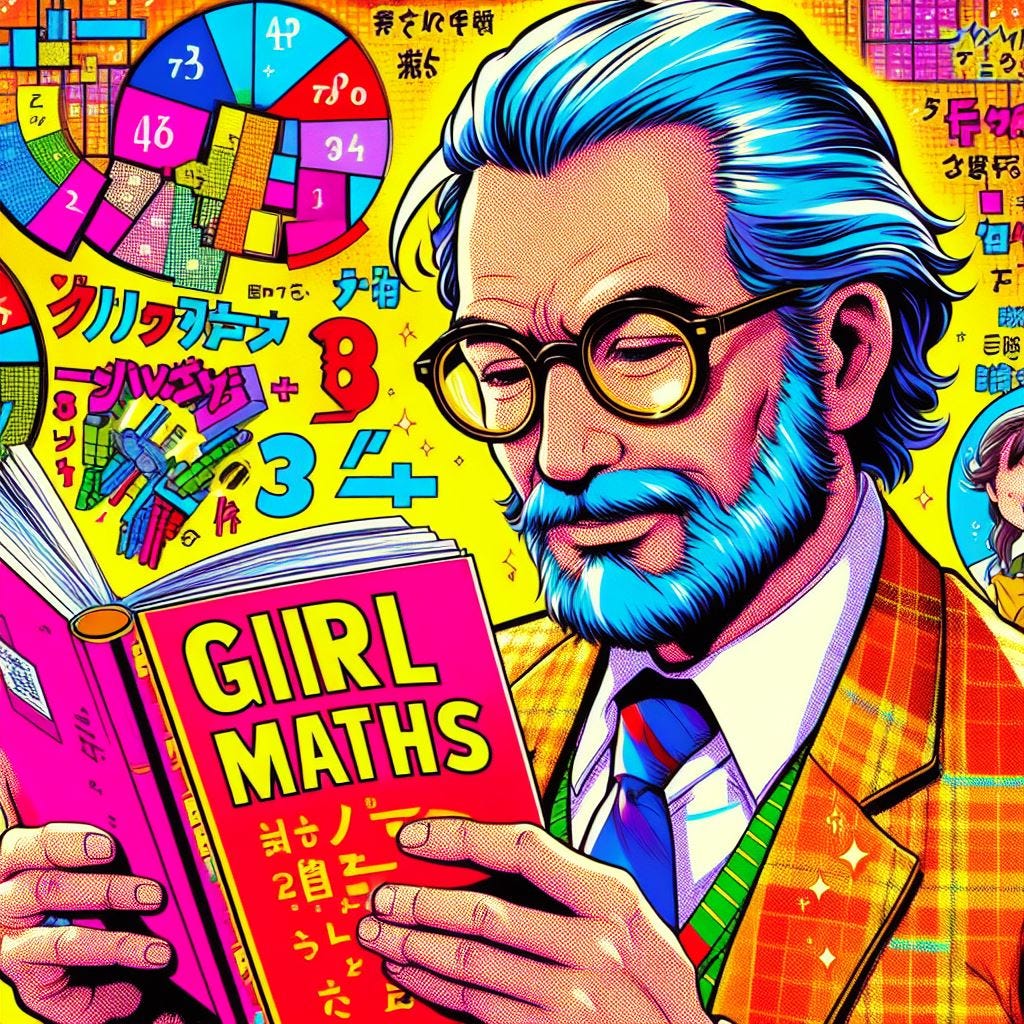Unlocking Learning through Universal Design
What is Universal Design for Learning and how can it inform your practice as a learner , learning practitioner or leader.
A few blogs ago I wrote about Learning Styles and a little more before that, Neurodiversity . Overall I approach people and organisational development from an ecological psychology lens. Simply speaking, Something (a task) always happens Somewhere (an environment) by Someone (a person). Behaviour emerges from the interaction of all three.
What do these concepts have to do with each other? Why does this relate to People Development?
Something is learnt, by Someone, Somewhere. Universal Design for Learning (UDL) captures and enables this idea in a useable practice.
UDL is a teaching principle based upon equity and choice. It stems from the concept of Universal Design - making things accessible to all people. For example, my work has both a lift and stairs. Some people have no option but to use one or the other. However, that does not mean the lift or stairs are reserved for certain groups. I might choose the lift when coming into work after a run. Or I could opt for the lift to chat with someone also riding it. Some days, I might take the stairs for the first few floors and the lift for the upper floors.
UDL applies Universal Design principles to the learning environment. This approach is growing in schools but less so for adult learning in the workplace. Natural variation in cognitive and physical abilities does not disappear after formal education. It's estimated 15-20% of the workforce falls outside neurotypical parameters, so UDL is relevant not just for school, but for all.
Isn't this just differentiation? UDL differs in that differentiation looks at variability between individuals, while UDL considers variability within individuals. Some people need differentiated materials, but many can benefit from accessing multiple options.
My experience of post graduate learning lags behind the experience my kids have in schools - 99% of pre-reading in my post graduate environment focuses on written text. As a learner, I always supplement with explainers, podcasts discussing concepts, even chatbots to check my understanding. My fellow learners and I would share this "black market content" to help study. But inequity crept in, depending on which WhatsApp chats you accessed informed which black market content you able to access.
Isn’t this learning styles? No, learning styles are myths that people have fixed methods of accessibility that afford them superior learning (Visual, Audio, Kinaesthetic). UDL is the opposite in that one of its 3 beliefs is about variation.
Now you might be thinking, beliefs, what about evidence? Well we will come to that but first, beliefs guide behaviours. We often see what we believe. Real change is about changing beliefs not surface behaviours.
Let’s look at the three beliefs-
Variability. Humans benefit from learning in different ways, accessing different materials and using different cognitive or motor patterns to explore the learning space.
Firm goals- everyone is able to work towards the same goals. It is not the goals that need adjusting but the learning environment.
Expert learners- we can all become expert learners if barriers are removed and a broad array of learning affordances are offered.
Let’s look at these 3 areas in some more detail-
Variability
As both a youth sports coach and HR practitioner, variability is at the heart of my practice. This is why the concept of fixed learning styles is so harmful to learning outcomes. Traditional educational practice is predominently based around written text. With the growth of YouTube, Podcasts, Audiobooks even ChatGPT. There are many easily accessible and varied ways of accessing information. The key, is that a mix of these is optimal for learning. My preference for taking on information (but not communicating it) is reading. But I cannot read when in the car (audio). I also find conversations more engaging so favour discussion based podcasts over audio books. I also like to watch things when eating my breakfast as the visual element keeps me engaged on the content, not the build up of dust on the TV unit. I may also need to engage in questions and dialogue to check for understanding so will pause and use Bing Chat to check my understanding. Having access to these various methods in various contexts enable me to approach the same learning about a subject from multiple angles.
With variability, choice is key. Learning Something happens Somewhere by Someone. That somewhere includes
The physical/digital environment (sitting, standing, whiteboards, paper or laptops),
The time of day or period in terms (teachers. parents and carers know all about “end of term-itis”).
The social group (shared vs independent learning).
The culture (art, new media, tech institutes learning happens with).
These all provide infinite variations that will interact with the someone and the learning of something
Shared Equal Outcomes
This is the belief that all people can achieve an outcome. Your beliefs shape your behaviour, whether as a learner or instructor. This was caputed in the Pygmalion Effect, or self-fulfilling prophecy.
If you believe the limitation is in the someone, you will ignore much of the barriers and affordances in the somewhere. Yes there are observable differences in learning rates between students, but this is as much about the differences in learning environments as it is individual differences.
This is also about multiple ways of expressing that knowledge. In my recent academic studies, we were afforded both written and presentation approaches to demonstrating knowledge. Consistently, based on the same subject I was graded higher for my presentation vs. written work. Given only one or the other would have limited my ability to demonstrate learning. Can you imagine if we were only able to demonstrating physical ability by the 100m sprint?
How can you afford learners different ways to demonstrate the learning e.g. draw me an image describing or explaining X? Dr Curie Scott has done some great work about drawing to think.
Expert Learning
Affording choice may be daunting. What if they make the wrong choice? What if they choose to discuss in a group but end up talking about some office gossip? What if they always choose to watch YouTube videos?
For Adults this is less of an issue for Children. But using the “choose, do ,review” approach, you become a facilitator of the learning as opposed to a teacher of it. Allow the choice, enable them to do that thing, but review with them. What did you get out of that choice? What might other choices of afforded you? What choice should we look at next to expand or look at this learning in a different way?
This focus of attention to the environment and less on instructing the content allows the learner more autonomy whilst also holding accountability.
Application of UDL
Giving choices boosts autonomy and engagement. Considering every variation seems impractical. But when planning your next learning experience, as either instructor or student, think how small tweaks across these four dimensions could open up new invitations to learn:
Digital/Physical- having both paper or whiteboards to draw with, podcasts or videos as well as written literature to access on the subject.
Timing- is it the end or beginning of the day/week/term. Has someone come straight out of an intense lesson or a task focussed on one medium e.g reading a long document or focussed computer work?
Social- how can solo, pairing or group discussions afford different learning experiences and how can these be accessible? e.g. reflect on your own or talk about it in pairs or groups.
Cultural – is this learning interaction happening in an academic, technical, home or social environment? How can these be used to create variation e.g. let’s take this lesson outside or chat over a coffee in the canteen.
Any learning interaction can vary in choices in any one or combination of these areas. It doesn’t need to be all at once. But have a think about your next learning interaction as either an learner or teacher, how can a choice of variation in these four areas open up new invitations to learn?
Next week we’ll explore UDL’s three guiding criteria:
1. Provide Multiple Means of Engagement
2. Provide Multiple Means of Representation
3. Provide Multiple Means of Expression
Share how you might create some options for choice in your next learning interactions in the comments below.👇
Here are some UDL resources with video, audio and written content:
Written
https://journals.sagepub.com/doi/pdf/10.1177/00220574211031954
Audio Podcast- The Motivated Classroom- Episode 89
https://podcasters.spotify.com/pod/show/themotivatedclassroom/episodes/89--UDL-Access-for-all-through-a-Universal-Design-for-Learning-e1o5qso
Video






